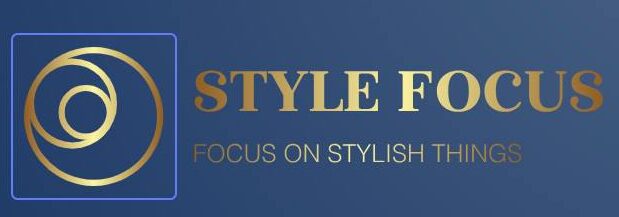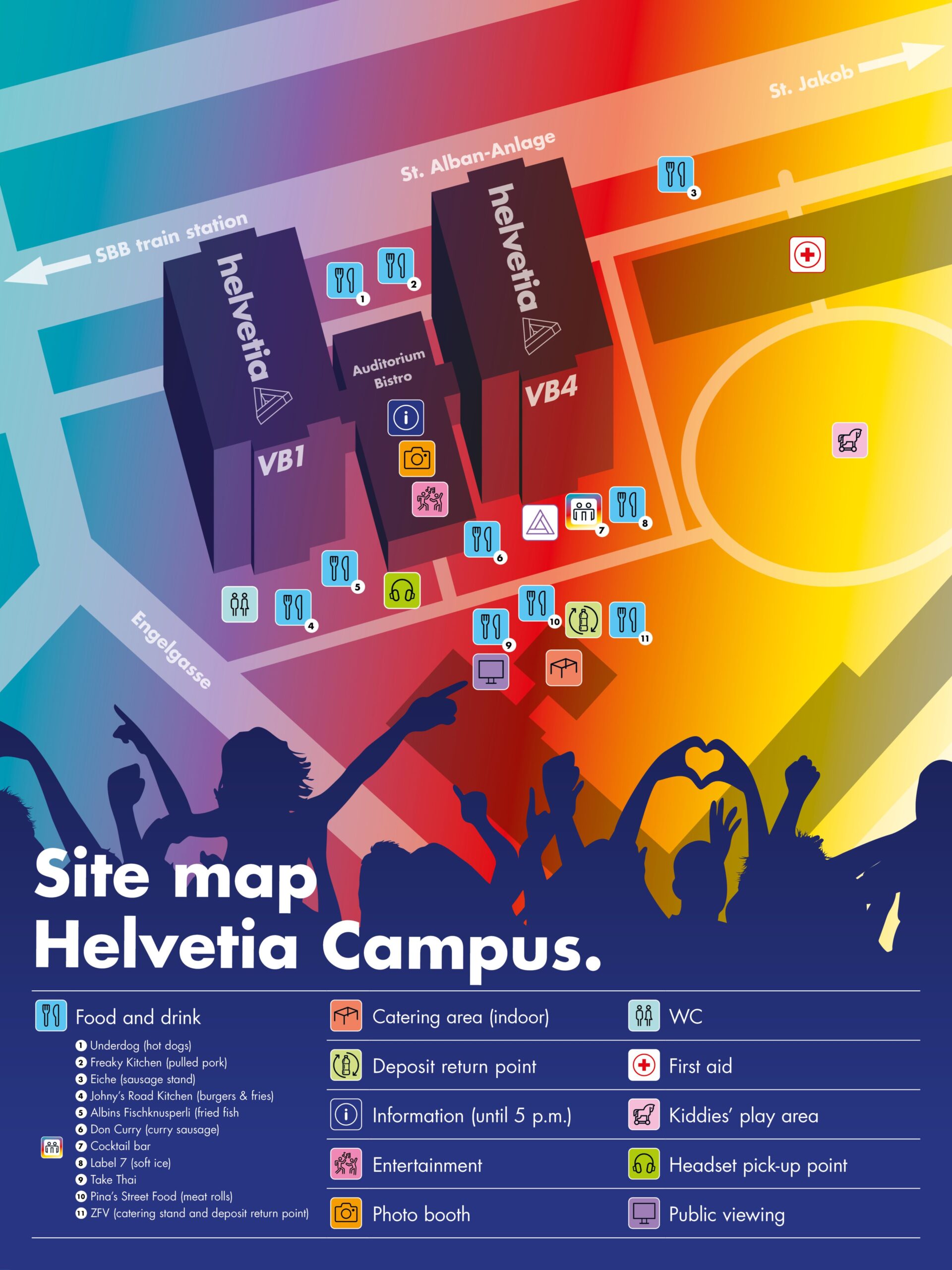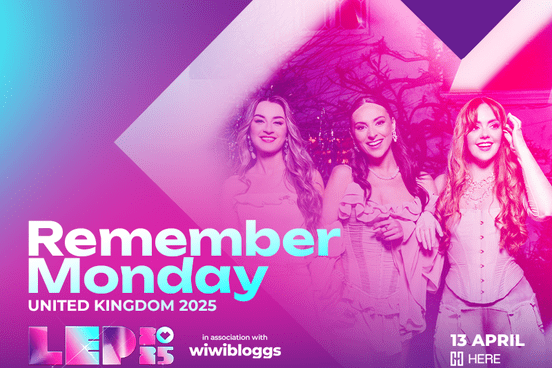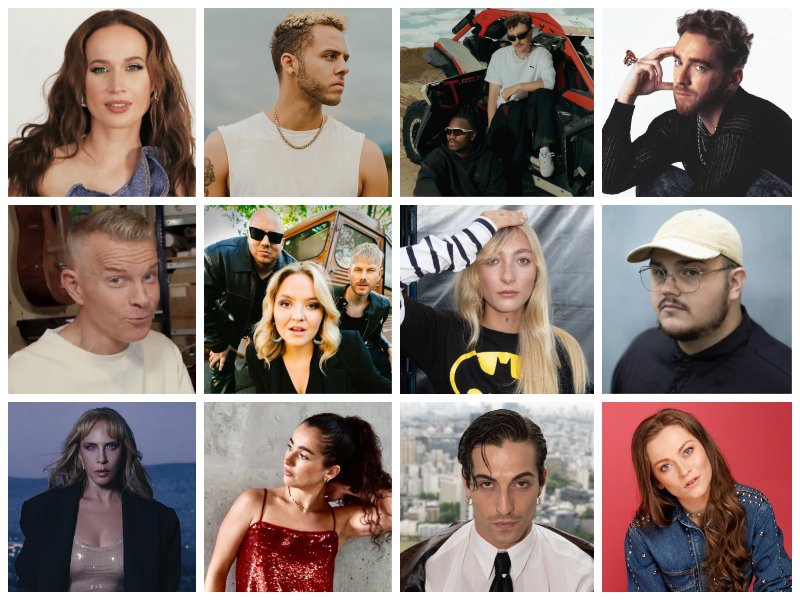Today, the EBU have revealed a brand new logo and branding for the Eurovision Song Contest going forwards. The identity of the brand has been revitalised to celebrate the 70th edition of the contest, taking place in Austria in May 2026. This comes after the brand was last refreshed in 2015 for the 60th edition, co-incidentally also for an Austrian contest!
The famous heart from the logo still remains prominent. Something fans with the heart tattoo will be grateful to see! However, the words “Song Contest” are now bigger, bringing the brand away from just ‘Eurovision’ and making it more about the contest itself. There are softer edges on the font, modernising it’s style.
Alongside the reveal of the new logo, we also got Eurovision’s new font ‘Singing Sans’ going forwards, as well as the visual identity of Eurovision 2026 specifically.
We know fans of Eurovision will have many opinions, so let’s dive straight into the press release from the EBU, followed by some thoughts!

Press Release: Eurovision Song Contest gets brand refresh
In today’s press release, the EBU and Managing Director for Eurovision Martin Green say:
“From today, fans will see the Eurovision Song Contest is wearing a new look. The Eurovision Song Contest is celebrating seven decades of being United by Music in 2026 and marking the event in true Eurovision style: with sparkling new logos, fonts and a colourful new brand identity.
From logo to lettering, the new look is playful and elegant – from the smooth new cursive ‘E’ in the Eurovision Song Contest logo to the custom-made “Singing Sans” typeface which will be used across our digital platforms and beyond. The main logo has been refreshed to simplify the iconic hand-drawn script, launched in 2004 and refined in 2014, into a single, unique marque – with one thing at its centre: the
unmistakable Eurovision Song Contest heart which is beating louder than ever.
Paired with the new logo is a new graphic asset – the “Chameleon Heart” – the Eurovision Song Contest’s emotional compass – absorbing cultural influences, music, and movement. It adapts to reflect the host nation’s identity, a performer’s individuality, or a particular theme — while remaining unmistakably Eurovision.
This versatility can be seen in a special logo 3D heart, which will be visible everywhere in the build up to the 70th edition of the world’s largest live music event in Austria next year.
The 70th heart incorporates 70 layers – one for every fabulous year of the Eurovision Song
Contest. The Eurovision Song Contest’s brand refresh has been created by the European
Broadcasting Union (EBU) in collaboration with British branding studio PALS who also
worked on the brand strategy for Liverpool 2023.
Martin Green CBE, Director of the Eurovision Song Contest, said:
“The Eurovision Song Contest has always been about evolution – musical, cultural, andcreative. This refresh honours 70 amazing years while taking the brand forward to an exciting future. It’s bold, playful, and full of heart – just like the Contest itself. We’re so proud to unveil it to the world. “Our new logo and look have been designed to make the Eurovision Song Contest brand clearer on digital platforms, bring our family of projects all into one space, and protect the brand globally for EBU Members as the Contest continues to attract new audiences across the world. “You’ll start to see more of our new brand identity as we head towards next year’s Eurovision Song Contest and there’ll be more surprises, and details on all the activities celebrating 70 years of being United by Music, coming in the months ahead.”
What do we think?
With all change and new things, we knows fans are going to have strong opinions on this! On first impression, this could look relatively cluttered, due to the focus being taken away from just “Eurovision”. However, when in context, the logo looks clean, modern and in-line with the aim of bringing past branding into the present day. On a press conference this morning, we asked about why the words “song contest” were increased in size to be more of a focal point alongside Eurovision. Martin Green and the teams at design agency PALS replied that this is due to Eurovision as a sub-section of the EBU also looks after sports programming and other areas. This logo is to reference the contest specifially.
Essentially, Eurovision alone covers several bases, but this work with their new font Singing Sans to give the contest it’s own vibe, and style. We feel this is going to look brilliant in each different year, with little individual flourishes alongside. The logo was presented in different sizes to show recognition factor in all situations, and it does become more instantly noticeable than the prior logo, due to it’s curved shape giving a more well-rounded piece overall.
In the press conference, we also asked if this branding (including the new font) will be used on all contests going forwards. Martin Green replied that yes, this styling and formatting will be incorporated in with year-specific design features to create a cohesive theme. An example of this is YouTube thumbnails, where each year’s styling looks quite different. This can be quite jarring, for example 2015’s grand final has 2021’s branding on it. As they are so different, it doesn’t look on brand.
It’s also worth noting that Martin emphasized that when we get the host city announcement, we will see how the city name plays into this. They aim to make the city more prominent in the branding so it isn’t in small, simple text below the word Eurovision. We will see how this works when we get the announcement!
What do you think of the new Eurovision Song Contest logo? Do you prefer the new version, or are you going to be hanging onto the old style for a while? Do you love the 2026 branding? Let us know your thoughts in the comments below!















